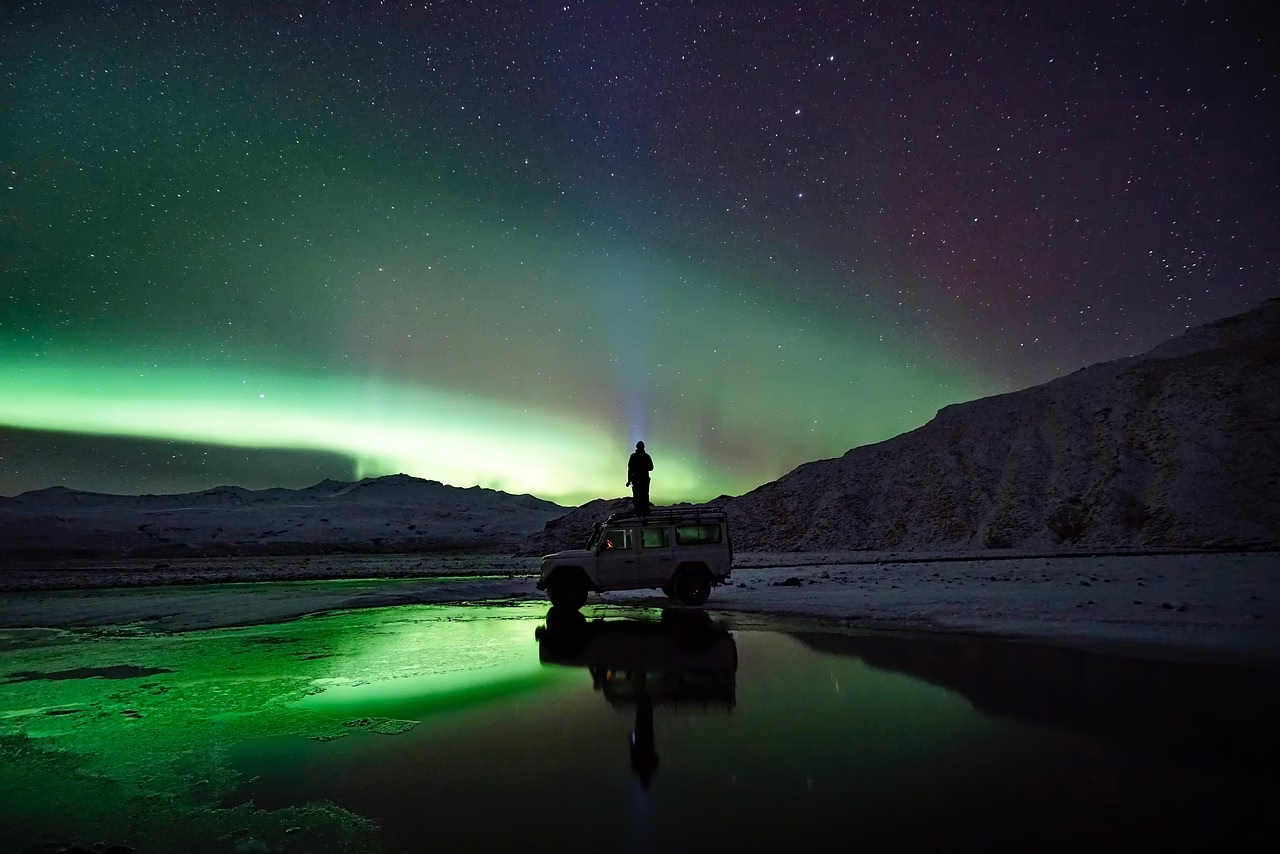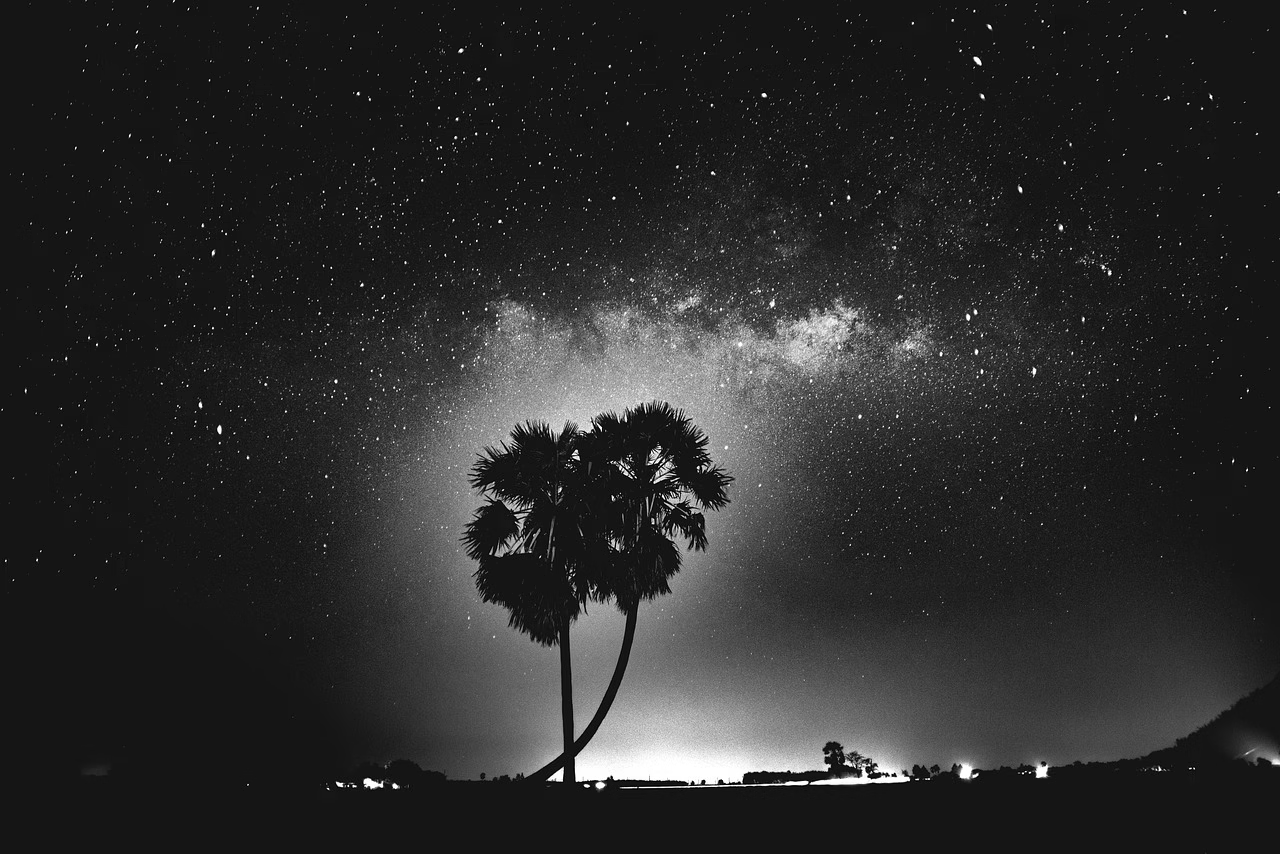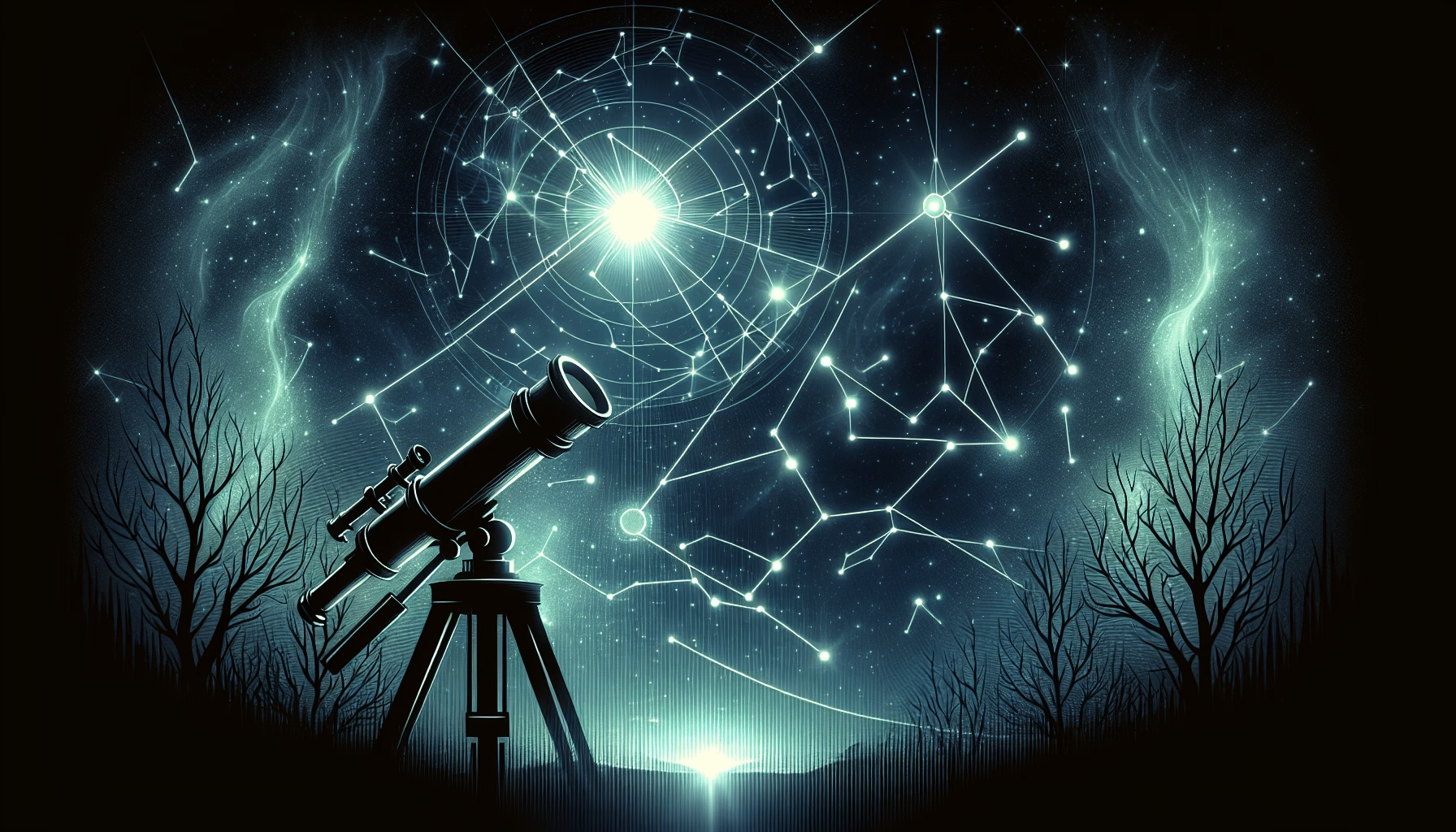Have you ever looked up at the night sky, trying to make sense of those tiny twinkling dots, and wondered how on earth the ancients could see patterns in them? It’s like trying to find a needle in a cosmic haystack. Yet, there’s a certain allure to learning the art of constellation pattern recognition, a skill that lets you map out the universe above you, almost like connecting the dots in a celestial playground.

Table of Contents
The Intriguing World of Constellation Patterns
Constellation pattern recognition is more than just an exercise in imagination. It’s a dance with the universe, a way to connect with ancient stories and navigate the night sky. It’s like learning a secret language written in the stars, and once you’re fluent, you can’t help but feel a sense of cosmic belonging.
Historical Overview of Star Mapping
Long before GPS and Google Maps, humans relied on the stars not only to navigate but to tell stories, mark seasons, and even to lay groundwork for calendars and agriculture. From the Greeks to the Egyptians, each culture viewed the night sky differently, creating a tapestry of myths and legends tied to the constellations.
The ancient Greeks, for example, saw tales of gods and heroes woven through the stars. Orion, the great hunter, and Ursa Major, the great bear, continue to fill stories penned by both ancient scribes and modern enthusiasts. Meanwhile, the Egyptians used the stars to align their pyramids, implying celestial significance and guidance.
The Art of Seeing Patterns
Star gazing might seem straightforward, but identifying constellations requires a bit more finesse, almost like learning to recognize abstract paintings. The stars are your palette, and the sky is your canvas.
Start with known patterns like the Big Dipper or Orion’s Belt; they act as cosmic anchor points. By establishing these key sky markers, other constellations slowly reveal themselves. It’s a gradual unveiling akin to magic, layers of night peeling away to tell their silent stories.
Key Concepts in Constellation Analysis
Understanding constellation patterns demands a blend of science and art. Let’s break down some essential elements to help illuminate your way.
Importance of Star Magnitude
Stars come with a built-in hierarchy known as magnitude – essentially their brightness. This characteristic often dictates which stars compose a constellation’s defining shape. Learning to identify stars by brightness helps reduce the overwhelming sea of lights to a handful of key players in your sky story.
Recognizing Seasonal Changes
Depending on the time of year and your location, the constellations visible to you will vary. Think of the Earth’s orbit as a grand carousel, with different constellations shifting to center stage each season. The capabilities to pinpoint constellations quickly can elevate your star-gazing expertise remarkably.
Tools of the Trade
While your eyes are irreplaceable when it comes to star gazing, tools like star maps, apps, and telescopes can bring dazzling details to your constellation hunts. Imagine peering through a telescope to discover the intricate details in patterns you’ve only seen from afar, such as an artist viewing a masterpiece up close.

Advanced Techniques for Recognizing Patterns
If you’ve been using just your eyes, think of this section as upgrading from a paint-by-numbers kit to a full artist’s easel brimming with techniques.
Using Astronomical Coordinates
Incorporate a bit of math into your celestial pursuits by learning how to use right ascension and declination, akin to longitude and latitude on Earth, to pinpoint star positions. This can make identifying elusive patterns significantly more straightforward.
Star Hopping
As its name suggests, star hopping involves navigating from one constellation or prominent star to another to locate less apparent patterns. Consider it as your personal cosmic scavenger hunt.
Use the table below for an example of a star-hopping route:
| Starting Point | Destination | Description |
|---|---|---|
| Polaris | Cassiopeia | Hop from the North Star to the W shape of Cassiopeia. |
| Orion’s Belt | Sirius | Follow a line through Orion’s Belt to the bright star Sirius. |
| Big Dipper | Leo | Trace from the Dipper’s handle arch to reach Leo the Lion. |
Software and Apps
Harness technology by using apps that identify constellations in real-time. These digital guides bring the sky to your fingertips, simplifying the learning process while adding a layer of wonder with augmented reality experiences.
Real-world Experiences and Stories
One might think you’re alone under the vast sky, but many have ventured before you, discovering their paths amidst the stars. Real-life experiences of successful constellation recognizers often revolve around awe-inspiring moments and serendipitous discoveries, such as stumbling upon a meteor shower or witnessing rare celestial events.
The Telescope Diaries
Imagine an astronomer peering through a telescope, spotting a new pattern previously unseen — it’s like discovering a hidden door in an ancient cathedral. These personal tales, while deeply special, often include a comical dose of near-misses and occasional failed attempts before eventual success.

Common Challenges and Solutions
Every great journey comes with hurdles, and constellation recognition is no different. You might face cloudy skies, light pollution, or difficulty in making sense of complex patterns. Each challenge has solutions and strategies to help you reclaim your night sky.
Battling Light Pollution
Light pollution is the bane of urban star gazing efforts. Using tools like light pollution maps can help you find nearby dark spots for a clearer view. Or, more radically, leave city lights behind for a camping trip where the dark skies reveal breathtaking celestial vistas.
Enhancing Pattern Recognition Skills
Developing memory aids such as mnemonic devices for constellation shapes or connecting constellations with stories can reinforce learning and aid recall during star gazing. Think of it as naming your new constellation friends.
The Environmental Impact of Star Gazing
While it’s a serene and personal activity, star gazing fosters a profound connection with the natural world and a greater appreciation for conservation efforts. By advocating for darker skies, you also support environmental initiatives and wildlife preservation.
A Brighter Future with Darker Skies
Efforts like the International Dark-Sky Association work tirelessly to reduce light pollution, not only improving star visibility but also benefitting ecosystems that thrive in natural darkness. Joining these initiatives can align your cosmic interests with environmental activism.

The Future of Constellation Recognition
As technology advances, so too does our ability to engage with the stars. Think of innovations like interactive planetariums, VR space exploration experiences, and AI-powered astronomy apps as futuristic companions in your star-gazing journey.
Staying Informed
Staying updated with technological and astronomical advancements can enhance your experience. Follow astronomy blogs, subscribe to newsletters, and engage with online communities dedicated to star gazing for fresh perspectives and insights.
Summary and Reader Engagement
In your pursuit of the stars, remember there’s always something new to learn. From honing your skills with advanced techniques to sharing stories with fellow enthusiasts, the night sky is your endless source of inspiration and knowledge.
Reflect and Share
What have your cosmic journeys revealed to you? Share your experiences, challenges, and triumphs with others who stand under the same sky. Engage with related topics and forge connections with those questing for celestial mastery.

Additional Resources and Links
If you’re inspired to further your astronomical adventures, consider exploring resources like star atlases, advanced star-gazing apps, and online forums dedicated to astronomy enthusiasts. These can enhance your learning and connect you with a global community with shared passions.
